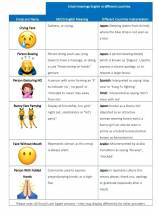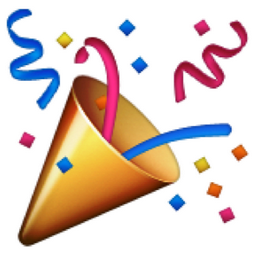By Gwyn Williams, Chief Officer, Cymdeithas Cyfieithwyr Cymru You may have seen an increase in…
Linguists have always been intrigued by pictorial and symbolic languages. Consider the Egyptians and their hieroglyphs, the Mexicans and their Aztec language or we can even go as far back to a time when spoken language hadn’t fully evolved and humans would communicate with cave paintings. And now, the dawn of the digital age- with its plethora of revolutionary technologies -has brought with it a new pictorial language: Emoji.
In 1999 Shigetaka Kurita was inspired by the symbols found around him, like in weather reports, and created Emojis for Japanese mobile operators. Since then, thanks to the social media revolution, Emoji has gathered pace and momentum, with current estimates indicating that usage is prolific: up to 6 billion are sent every day. No wonder it is starting to affect international communications. Emoji use in international communication.
Nowadays, you can almost guarantee that you’ll find some form of emoji when using social media or blogs, translating online transcripts, designing online marketing campaigns or conducting market research online. They are even creeping into the most formal of emails as a way of adding to or changing the tone of a sentence.
‘A picture is worth a thousand words’ The initial stumbling block is having to translate a relatively new, constantly-evolving, pictorial language that is for the most part unregulated by dictionaries or grammar books. For anyone with enough fame and money, there is even the possibility to create bespoke Emojis. To complicate things even further, cross-cultural and platform-based variants exist within this new language as well–some examples below.Platform-based differences

Examples of different cultural interpretations

Throw all the aforementioned challenges into the multilingual, culturally-sensitive hot pot of international communication and it’s worth asking “will this ever be a truly global language?”. Will the thoughts, feelings, emotions, intentions ever be interpreted consistently by people all over the world?

Well, step aside Esperanto-some headway has been made in making Emoji a competing universal language. In 2010, the Unicode Consortium (UC) incorporated Shigetaka Kurita’ssymbols into Unicode, allowing them to be used outside of their country of origin, Japan.The UC currently sets Emojis and their meanings, which are being standardized across different languages and cultures, as well as various operating systems. This truly is history in the making.
The reality of a universal language, however, is still just a twinkle in the UC’s eye.
Emoji remains a linguistic minefield where communicators, agencies and translators alike have fallen foul of the intended meanings, which can easily be misconstrued or seen as insignificant across the wealth of languages and cultures we have on our planet.
It is crucial in the Digital Age that a translator has a full understanding of the different meanings of Emoji in any source AND target text, taking into account the cross-cultural nuances of the thoughts, emotions and feelings that are changing every day in the online world. This is probably where the super-power of the professional human translator brain comes into its own –machine translation alone is not currently known for being able to accurately extract inferred meaning from Emoji symbols.
Thinking ahead
It looks like Emoji is here to stay for the foreseeable and there are at least 6 billion reasons a day as to why we will have to find ways to adapt tothis new language phenomenon. The hard facts are these -Emoji is HUGE. Emoji is GLOBAL. Yes, there are indeed challenges that come with it and it is going to need more work before it is fully multilingual. However, dare we go as far as saying that it could be the revolutionary global language that we have all been waiting for? For you to decide.



